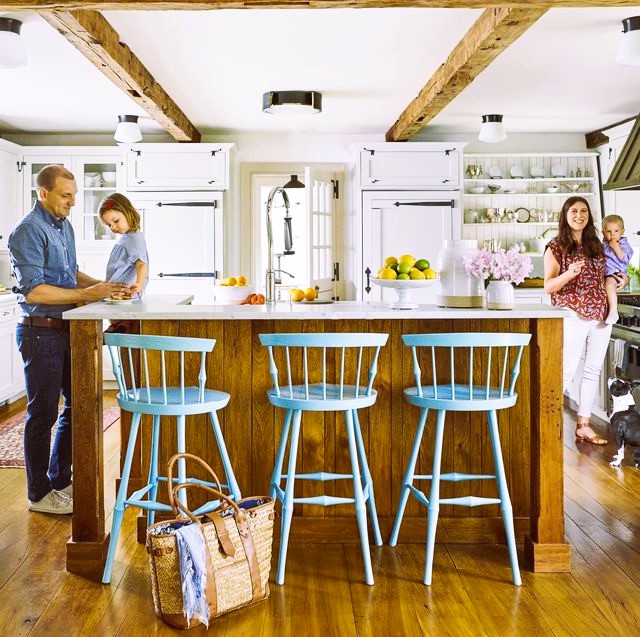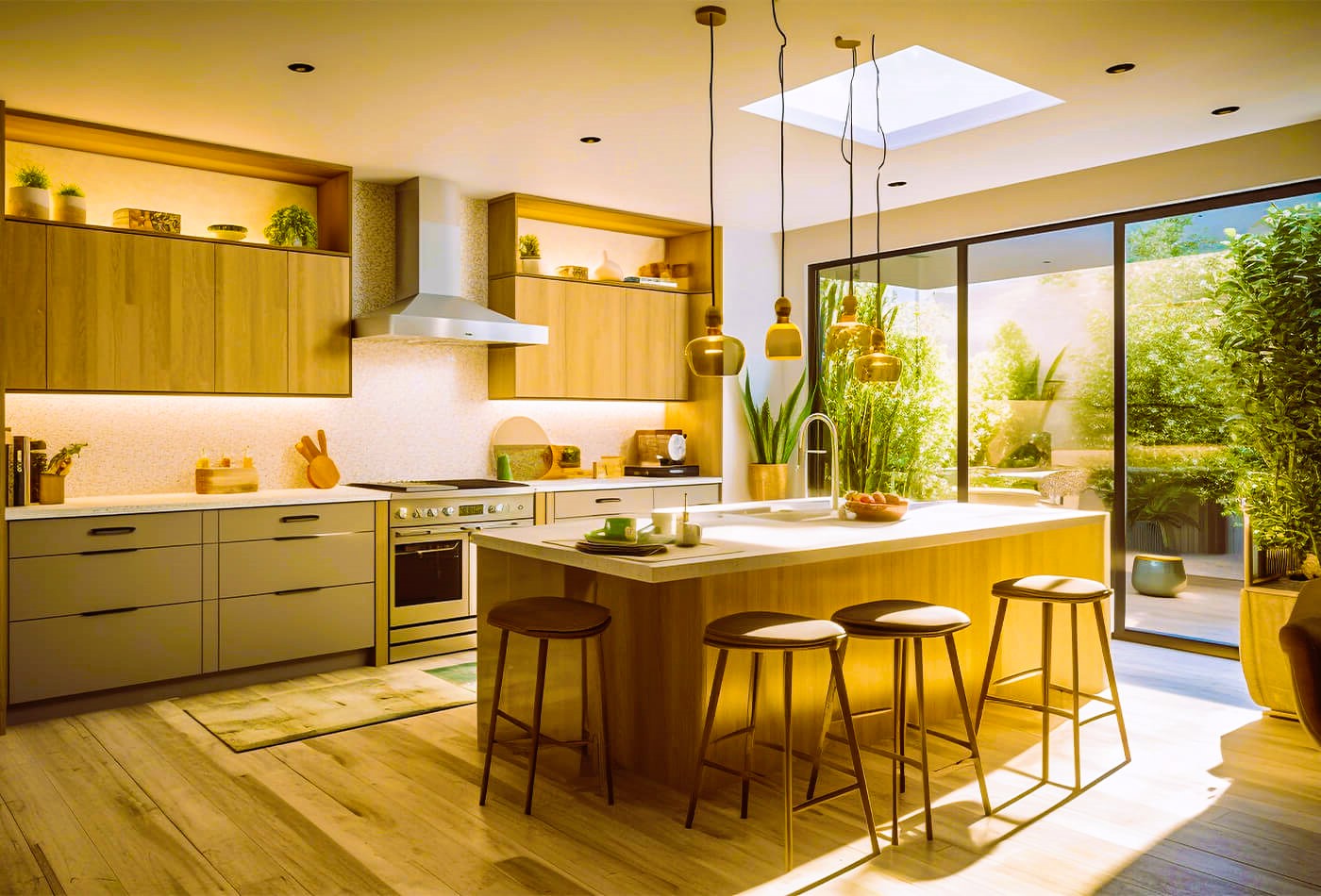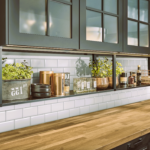The Role of Kitchen Islands: Functionality Meets Style
In the realm of kitchen design, one element stands out as a versatile powerhouse, combining functionality and style seamlessly – the kitchen island. Over the years, the kitchen island has evolved from a mere countertop extension to a central hub that anchors the entire culinary space. Let’s delve into the multifaceted role of kitchen islands and how they contribute to creating the heart of your home.
Functionality Redefined:
At its core, the kitchen island is a practical addition that enhances the functionality of your culinary space. It serves as an additional workspace, providing ample room for meal prep, chopping, and other culinary tasks. The extended countertop also offers a convenient space for serving and casual dining, making it a multifunctional element that adapts to various needs.
Storage Solutions: Many modern kitchen islands are designed with built-in storage solutions. From deep drawers for pots and pans to specialized compartments for spices and utensils, these islands help declutter the kitchen by offering discreet storage options. This strategic use of space contributes to an organized and efficient cooking environment.
Appliance Integration: Kitchen islands often house appliances like dishwashers, microwaves, or wine coolers. Integrating these appliances into the island streamlines the kitchen’s workflow, allowing for a more efficient use of space and creating a cohesive design that enhances the overall aesthetic.
Aesthetics Take Center Stage:
Beyond functionality, kitchen islands are pivotal in defining the visual appeal of your culinary space. They provide an opportunity to infuse your kitchen with a touch of personal style and become a focal point that ties the entire room together.
Design Elements: From contemporary minimalism to rustic charm, kitchen islands can be customized to complement any design theme. The choice of materials, colors, and finishes allows homeowners to express their individuality and create a cohesive design that resonates with their taste.

Architectural Statements: In open-concept homes, the kitchen island serves as a transitional element, delineating the kitchen space from the rest of the living area. Architecturally, it can be a defining statement, contributing to the overall flow and harmony of the home.
Social Hub of the Home:
The kitchen island has evolved into a social hub, transforming the cooking area into a space for communal interaction. It’s no longer just a place for meal preparation; it’s where conversations flow, and memories are made.
Entertaining Guests: A strategically designed kitchen island encourages socializing, providing a natural gathering spot for friends and family. It becomes a stage for culinary performances, allowing hosts to engage with their guests while showcasing their culinary skills. Creating a family kitchen, read our practical advice for parents.
Casual Dining: For many households, the kitchen island has replaced the formal dining table for everyday meals. Its casual and approachable nature encourages family members to gather for quick breakfasts, casual lunches, or impromptu snacks.
To gain further insights into the standards and guidelines for kitchen design, you may refer to the official documentation provided by authoritative sources such as Canada.ca. These resources offer valuable information on design principles, safety standards, and trends that can aid you in creating a functional and stylish kitchen island tailored to your needs.
In conclusion, the kitchen island is a pivotal element that goes beyond its utilitarian roots. It’s a dynamic feature that merges functionality with style, shaping the very essence of your culinary space. Whether you’re seeking additional workspace, smart storage solutions, or a stylish focal point, the kitchen island stands ready to meet your needs. Embrace its versatility and let it become the centerpiece that defines the heart of your home.





